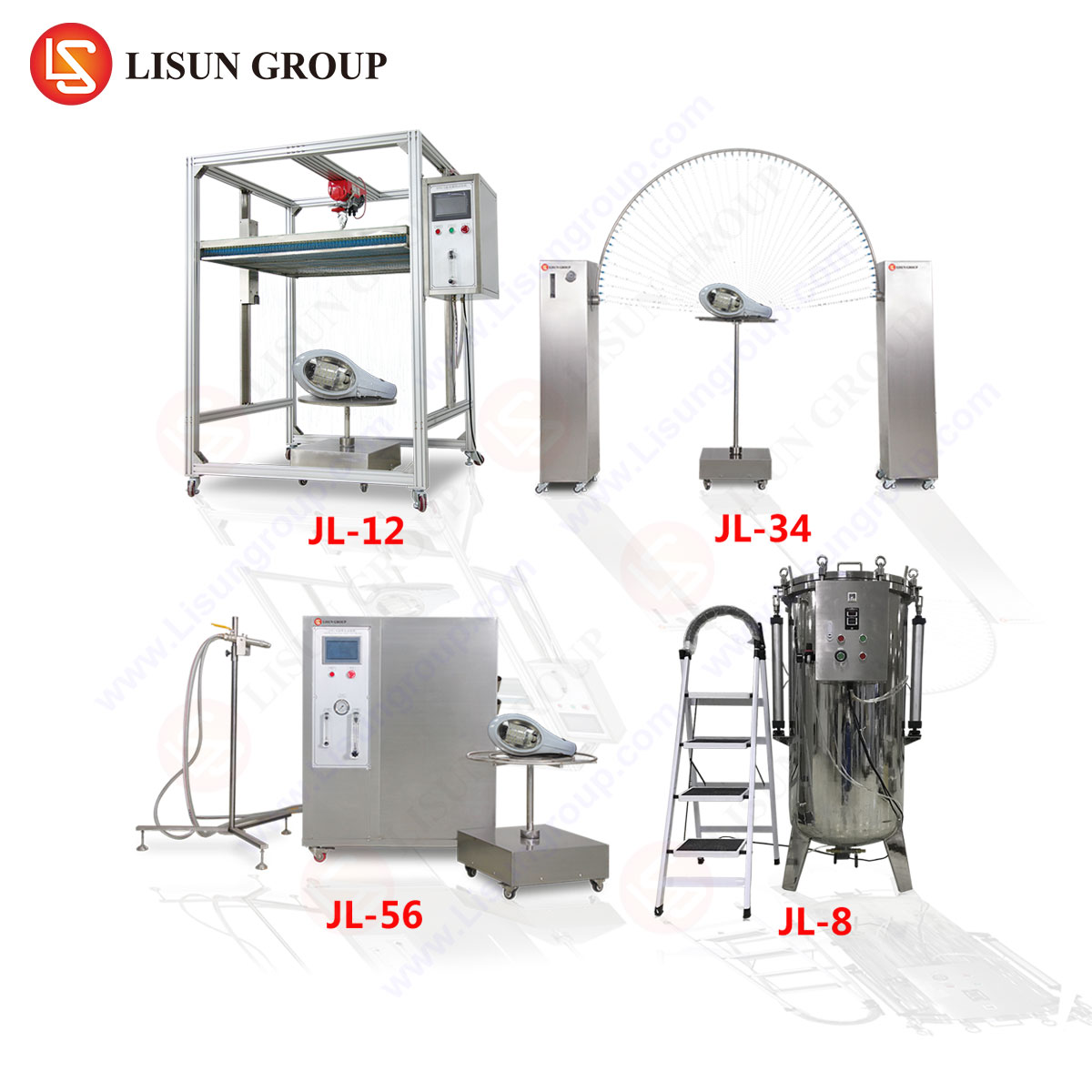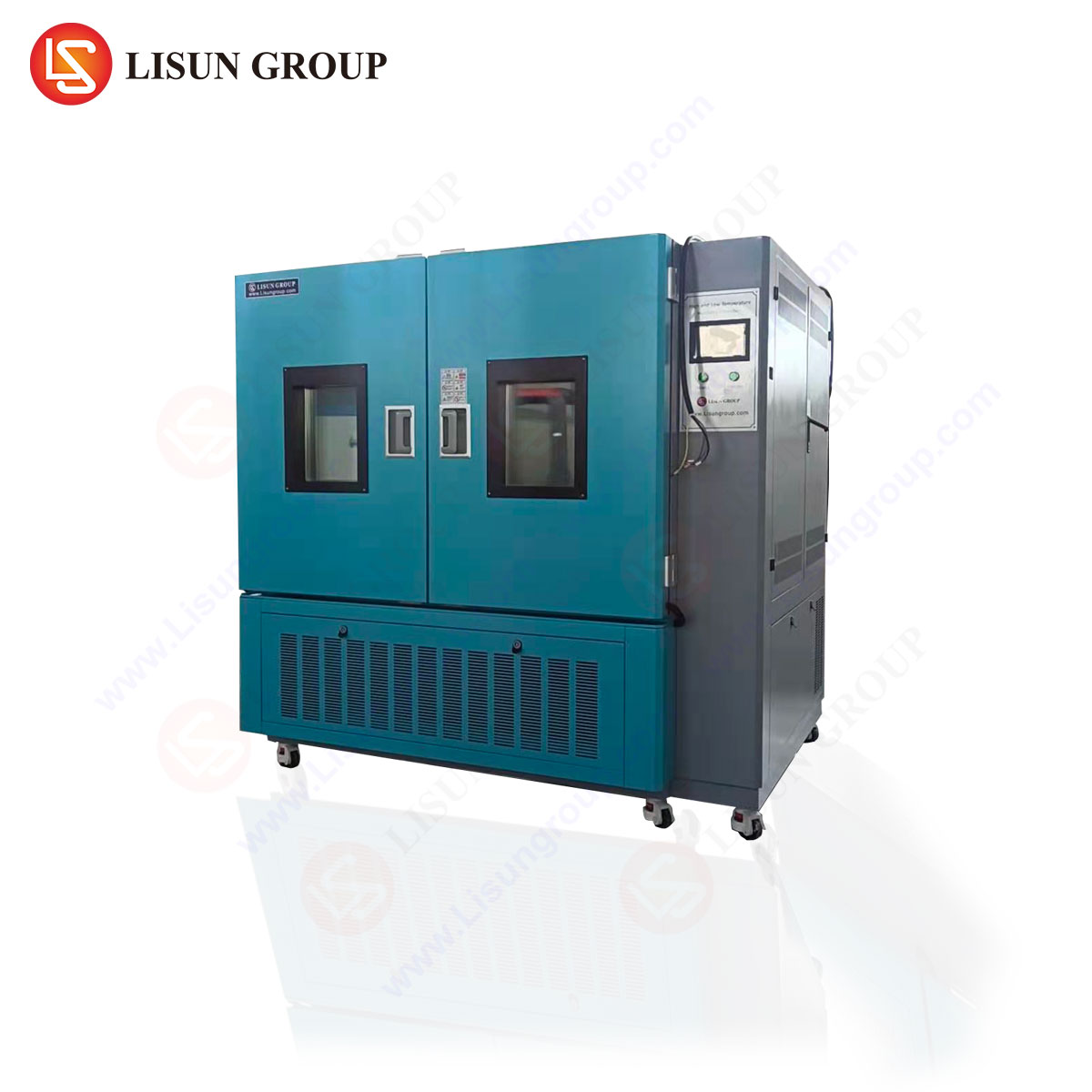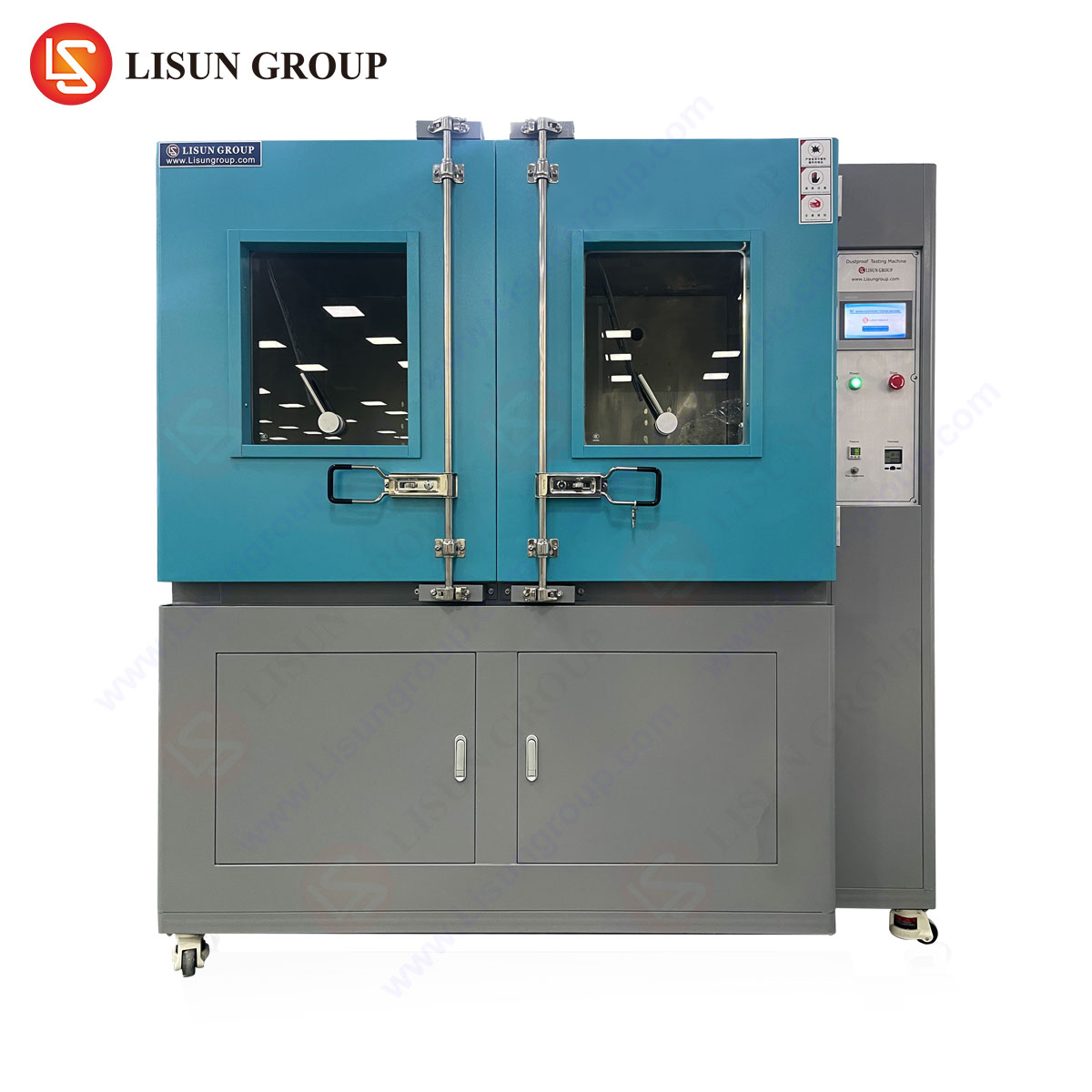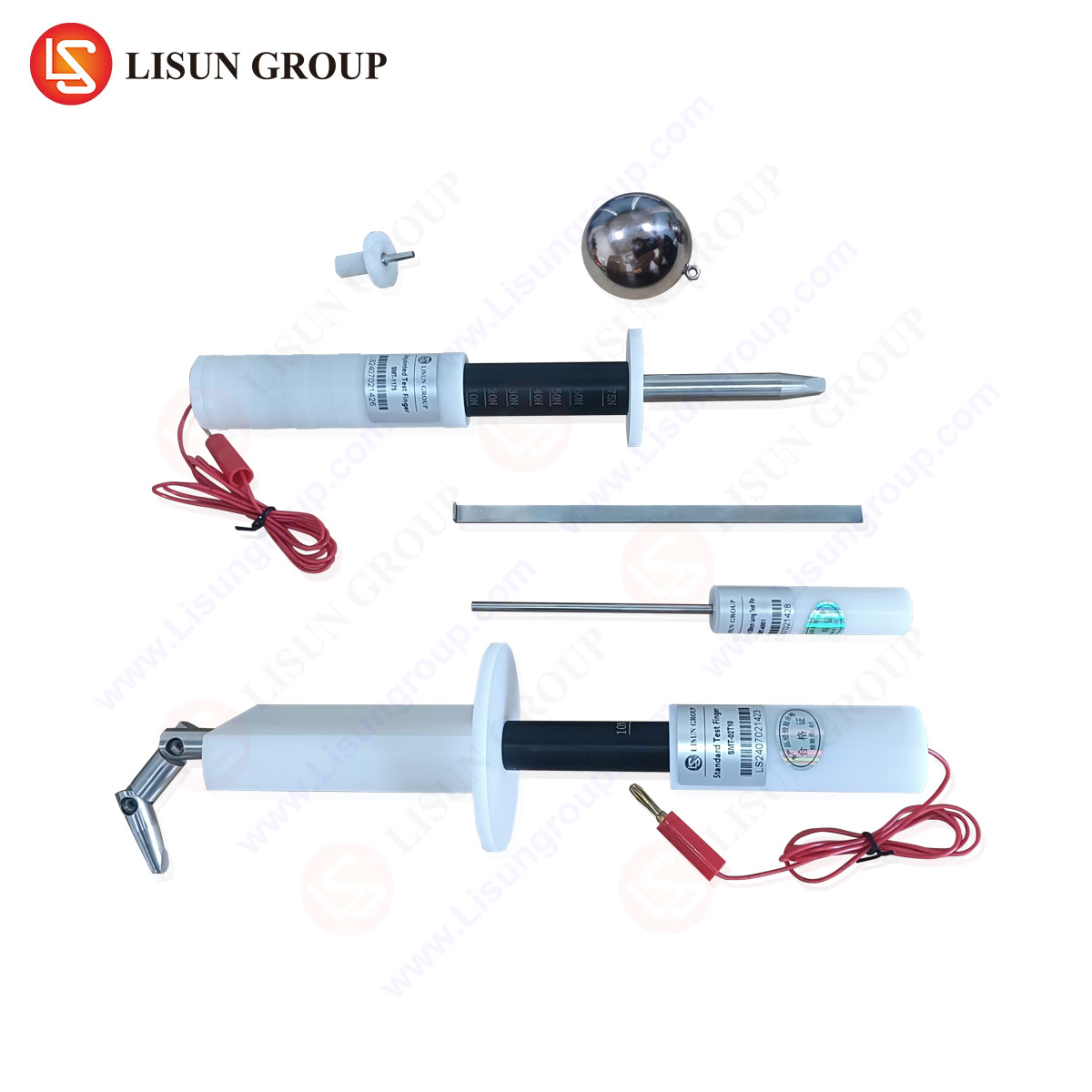Introduction to Lateral Strain Resistance Testing in Plugs and Sockets
The structural integrity of electrical plugs and sockets is critical to ensuring long-term reliability, safety, and compliance with international standards. Among the key mechanical tests, resistance to lateral strain is a fundamental evaluation that determines a plug’s ability to withstand side forces without deformation or disconnection. The Device for Checking Resistance to Lateral Strain with CEE7 C21, developed in alignment with IEC 60884-1 and related standards, provides an engineered solution for this assessment.
LISUN Gauges for Plugs and Sockets, a leading instrumentation solution, integrates precision measurement capabilities with standardized testing protocols. This article examines the device’s technical specifications, testing methodology, and industrial relevance while emphasizing its role in compliance verification for manufacturers and testing laboratories.
Mechanical Principles of Lateral Strain Resistance
Lateral strain refers to the horizontal forces exerted on a plug during insertion, extraction, or accidental lateral displacement. Excessive strain can lead to contact misalignment, terminal loosening, or insulation damage, increasing the risk of electrical faults. The CEE7 C21 standard defines the permissible deformation limits and mandates a controlled force application (typically 40 N for standardized plugs) to validate resistance.
The testing device applies a calibrated lateral load to the plug body while monitoring deflection and structural response. Key parameters include:
- Force application angle (perpendicular to the plug axis)
- Displacement measurement resolution (≤ 0.1 mm)
- Holding duration (minimum 1 minute per test cycle)
LISUN’s gauge system incorporates load cells and digital displacement sensors to ensure repeatability, with tolerances conforming to ISO/IEC 17025 for laboratory-grade accuracy.
Design and Functional Specifications of the Testing Device
The LISUN Lateral Strain Resistance Tester is engineered for compliance with CEE7 C21 and related regional standards (e.g., BS 1363, VDE 0620). Its construction includes:
- Rigid Test Fixture: A hardened steel frame with adjustable clamping mechanisms to secure plugs of varying form factors.
- Programmable Force Actuator: A servo-controlled mechanism capable of exerting forces up to 50 N with ±2% accuracy.
- Data Acquisition Module: Real-time logging of force, displacement, and time-dependent deformation via integrated software.
A comparative analysis of industry solutions highlights LISUN’s competitive advantages:
| Feature | LISUN Device | Conventional Testers |
|---|---|---|
| Force Accuracy | ±2% of full scale | ±5% or higher |
| Compliance Standards | CEE7 C21, IEC 60884-1 | Limited to single norms |
| Automation Level | Semi-automated with software | Manual operation |
Testing Protocol and Compliance Verification
The lateral strain test follows a defined sequence:
- Fixture Setup: The plug is clamped in a neutral position, ensuring no pre-load bias.
- Force Application: A lateral force of 40 N (or as per regional standards) is applied gradually.
- Deformation Measurement: Displacement is recorded at 10 Hz to capture elastic and plastic deformation.
- Post-Test Inspection: Visual and dimensional checks for cracks, terminal shifts, or insulation breaches.
Manufacturers leverage LISUN’s device to validate designs before mass production, reducing non-conformance risks during certification audits. For example, a European socket manufacturer reduced test cycle times by 30% after adopting the automated data logging feature.
Industrial Applications and Case Studies
1. Certification Laboratories
Third-party labs, such as those accredited under IECEE CB Scheme, utilize the device for mandatory compliance checks. The repeatability of LISUN’s system minimizes inter-lab variability, a common challenge in cross-border certification.
2. Plug and Socket OEMs
High-volume producers integrate the tester into QA workflows to monitor production-line consistency. A case study involving a UK-based manufacturer demonstrated a 15% reduction in field returns due to improved strain resistance validation.
3. Regulatory Bodies
National standards agencies employ the device for market surveillance, ensuring imported products meet lateral force requirements before commercialization.
Advantages of LISUN’s Testing Solution
- Multi-Standard Compatibility: Configurable force profiles for CEE7, BS 1363, and other regional standards.
- Enhanced Traceability: Automated report generation with timestamps and calibration references for audit trails.
- Ergonomic Design: Reduced operator dependency through intuitive software interfaces.
FAQ Section
Q1: What is the maximum force range supported by the LISUN Lateral Strain Tester?
The device supports forces up to 50 N, with adjustable settings to accommodate varying regional standards.
Q2: How does the device ensure compliance with CEE7 C21?
It adheres to the standard’s prescribed force application method, displacement limits, and test duration, with integrated software flagging deviations.
Q3: Can the tester evaluate angled or non-standard plug designs?
Yes, the adjustable fixture accommodates deviations in plug geometry, provided the force vector remains perpendicular to the test axis.
Q4: What calibration requirements apply to the device?
Annual calibration per ISO 9001 is recommended, with intermediate verifications using certified reference weights.
Q5: Is the system compatible with automated production-line testing?
Yes, LISUN offers integration options with robotic handlers for inline quality control in high-throughput environments.







